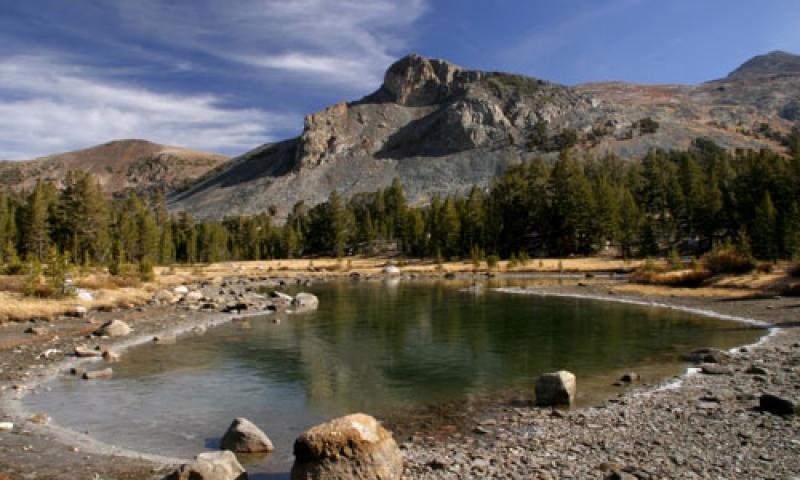- Dana Meadows sits at an elevation of 9,728 feet within Yosemite National Park
- Access the meadows from Tioga Road
- Tioga Road is open from approximately the first of June to early November
- Hike Gaylor Lakes Trailhead to see spectacular scenery
- Bring your camera to capture the magic of Dana Meadows
Overview
Dana Meadows sits at a high elevation of 9,728 feet within Yosemite National Park and is one of the many breathtaking sights that capture any visitor’s imagination. Not far from the Tioga Pass entrance to Yosemite, you will find you have access to many adventures here.
Location & Information
Dana Meadows is on the far eastern edge of the park. It is just inside the Tioga Pass entrance on Tioga Road.
Tioga Road is the only way to get to Dana Meadows. This road is closed in winter, so the times you can visit the meadow is from around the first of June to early November.
Activities
- Photography
Perhaps the best thing about this meadow area is the photo opportunities it presents. In the summer the green expanse of meadow, pines and Mammoth Mountain in the distance invites you to take out your camera. - Hiking
Although you won’t find a trail through Dana Meadows, right across the road you will be able to take the Gaylor Lakes Trailhead. This trail is often overlooked by Yosemite visitors, making it less crowded than other places in the park. Find lots of scenery on this 3-mile hike. - Wildlife Watching
Deer migrate to this area to avoid being hunted, as if they know where it’s safe. You can enjoy watching these fascinating creatures in their natural environment.
Fun Facts
In the past the meadows were a favorite spot for Basque sheepherders to let their flocks graze. In fact, these solitary sheepherders would often leave their initials in the bark of the trees, and you can still see some of them today.




